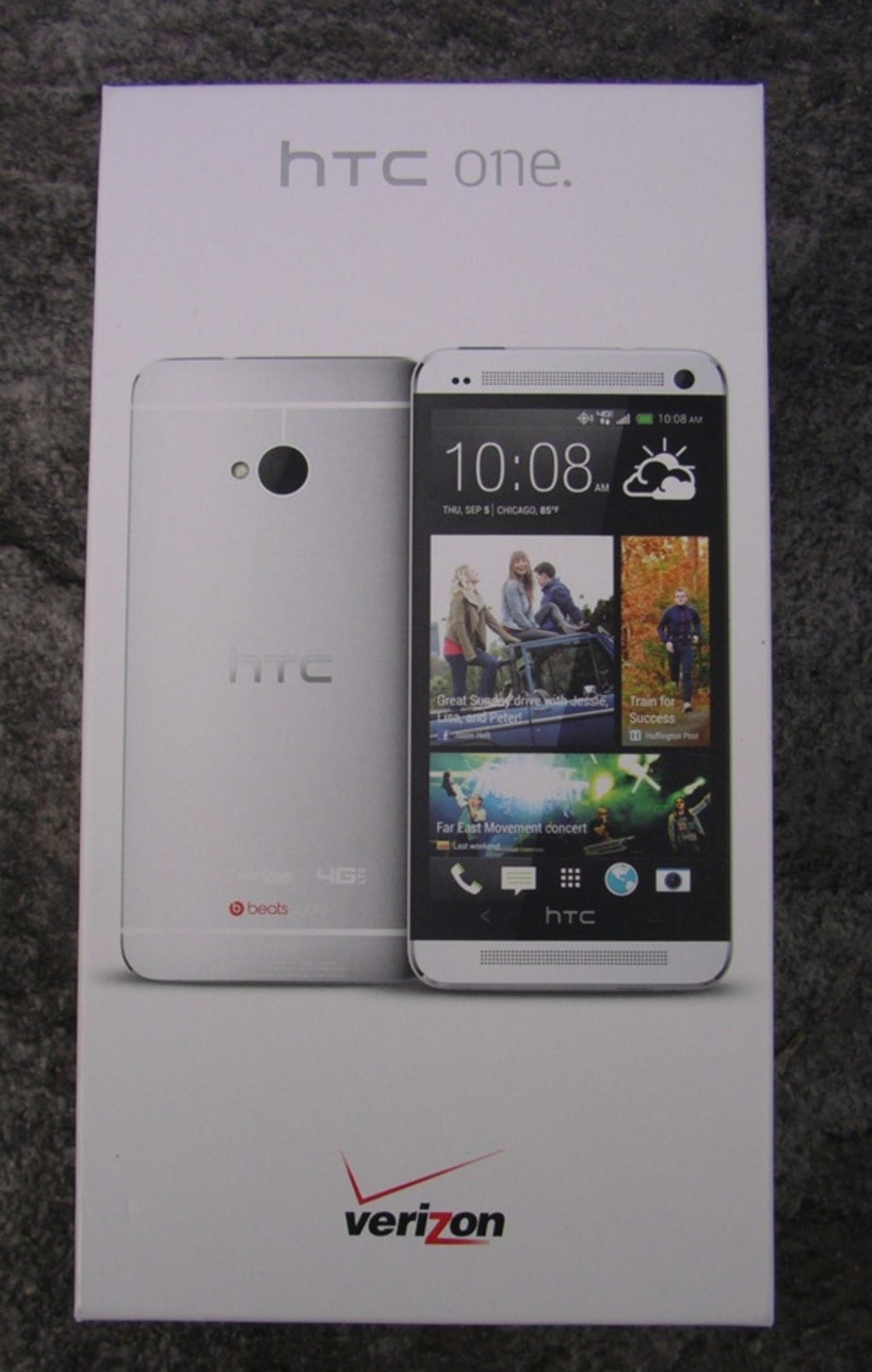Verizon HTC One vs Motorola Droid Maxx: I still prefer the One


Verizon HTC One retail package
I have now been using an HTC One for over five months, and I see that Verizon customers finally can pick up the device. I also have spent over 10 days with the Motorola Droid Maxx. Verizon customers can choose either device and be satisfied.
However, after comparing the two handsets side-by-side -- both hardware and software -- my choice remains with the HTC One. Here's why.
Hardware
Nearly all reviewers have written about the fantastic design and build of the HTC One and I have yet to find another phone to match its hardware. The metal body with curved back, front facing stereo speakers, tight design with no creaks or movement, inclusion of an IR port right in the power button, a solid camera that takes excellent low light photos, and a gorgeous 1080p Super LCD display that is very viewable in sunlight make the HTC One tough to resist.
Featured
The IR port is a great feature for travelers since you can now use your HTC One in hotels to control your viewing experience without using a nasty hotel remote control. Combined with the Roku app and WiFi I don't even have to worry about finding my remotes at home.
The Droid Maxx is also well constructed with a soft Kevlar back, excellent glass display that curves down at the edges into the sides, vivid AMOLED 720p display, whopping 3500 mAh battery, Qi wireless charging, and the ability to listen for your command at all times.
Even though the HTC One is an elegant piece of hardware, almost like jewelry, if I was just making a selection based on hardware I would go for the Droid Maxx because of the long battery life, wireless charging, and use of the AMOLED display for active notifications. However, the One is more pocketable and still feels better in the hand.
Software
Motorola is doing some great things with Android on the new Droids and Moto X, but I still find Sense 5 on the HTC One better meets my needs and fills a vital role for my business Exchange use and media. As you can see in the screenshots in this image gallery, the Exchange client in Sense is tough to beat. With the Exchange client provided by Motorola, I do not have access to all my personal email folders and the UI is not as good as it is on the One. For example, I can easily just swipe my finger across the screen to jump to unread emails or those with attachments on the One while I have to jump through a couple menu items to filter email on the Droid Maxx.
I know there are not many people who care about making phone calls or managing contacts, but if this is important to you then you should take a close look at the HTC One. HTC has always focused on connecting people, even back in the Windows Mobile days. The dialer supports smart dialing that is now rolling out on the latest version of Android. Beyond that though, we see HTC letting you open up a contact in the Phone app and then swipe from right to left to view recent text messages, emails, and calls you had with that contact with another swipe revealing their social network updates, and a final swipe revealing their recent images. This is an extremely powerful tool for the enterprise customer who wants to know all about the person they are communicating with or meeting with.
Motorola's new software enhancements with Google Now voice control and Assist perform much better than 3rd party options you can install on the HTC One. That said, I work in an office and commute where voice control isn't a desired functionality.
The HTC One is my choice
The HTC One is priced $100 less than the Droid Maxx. If you need a phone out in the field and don't want to strap a Mophie on the HTC One, the you should look at the Droid Maxx. If you need a rich Exchange and phone experience with a very pocketable and elegantly designed device then look at the HTC One.
Over on PhoneDog, the HTC One continues to be ranked #1 in both the People's Choice and Expert's Choice rankings. It has been my choice for nearly six months and it continues to be my top smartphone available today.